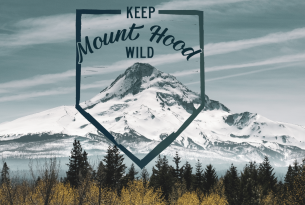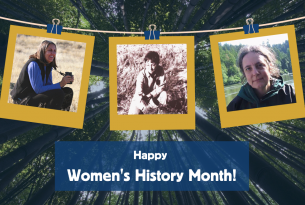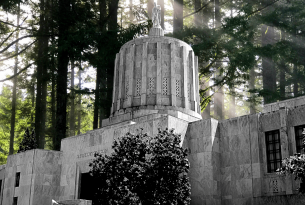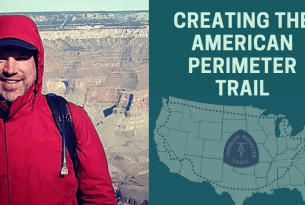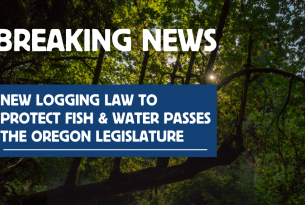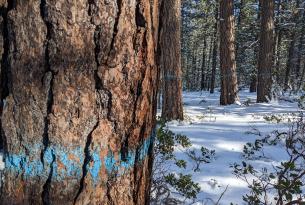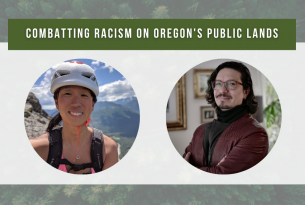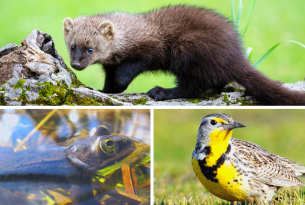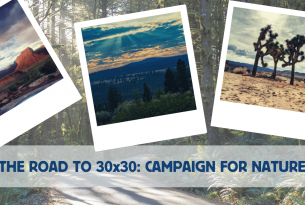Oregon Wildblog
Webcast: Creating the American Perimeter Trail
There are hikers, and there are hikers. Long distance thru-hikers are uniquely driven, but Triple Crown hikers? They're extra special. In order to qualify as a Triple Crown hiker, you must complete three of the US's major long distance trails - the Pacific Crest Trail, the Appalachian Trail, and the Continental Divide Trail.
BREAKING NEWS: The Private Forest Accord Passes!
The Private Forest Accord was just passed by the Oregon Legislature!
This means that across 10 million acres of private forests in Oregon we will have bigger riparian buffers, more protections against steep slopes logging, an upgraded road system that won’t bleed sediment into streams, and a whole lot more. When you add it all up, Oregon will finally be catching up to our neighbors in Washington in adequately protecting our aquatic ecosystems from the impacts of logging.
Recovering America’s Wildlife Act
As Oregonians, we take pride in our beautiful landscapes, roaring rivers, craggy mountains, and diverse fish and wildlife species. It’s what makes Oregon so special. However, to ensure we have abundant and thriving fish and wildlife (and habitat) for generations to come, we have to invest in proactive conservation now.
That’s where Recovering America’s Wildlife Act (RAWA) comes in. RAWA is legislation being considered by Congress to invest $1.4 billion into state wildlife agencies and tribes for wildlife conservation and recovery programs. What does that mean for Oregon?

